Native & Adaptive Planting
One of the most powerful tools in sustainable landscape design is the thoughtful selection and use of plant life. In coastal environments, this means choosing species that can withstand salt spray, drought conditions, wind exposure, and nutrient-poor soils—while also supporting biodiversity and cultural heritage. Native plants are uniquely adapted to local climate, soil, and ecological conditions, making them essential allies in sustainable coastal design. Unlike exotic ornamentals, native species require less irrigation, fertilizer, and pesticide—reducing environmental footprint and operational costs.
Native and adaptive planting strategies not only reduce maintenance and resource use, but also restore ecological integrity in landscapes once degraded by overdevelopment or ornamental excess.
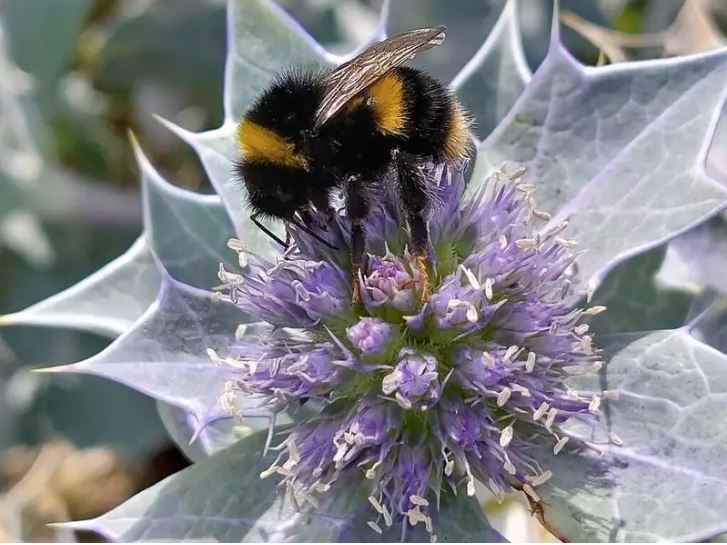
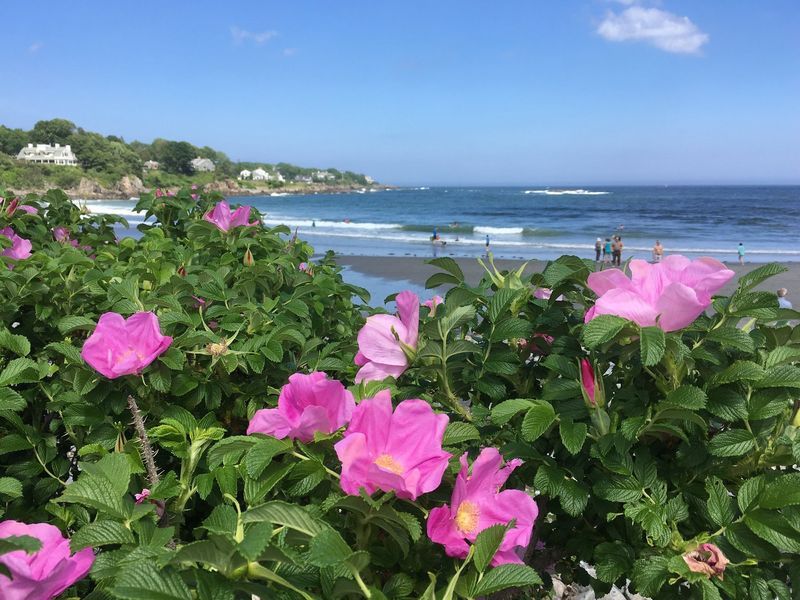
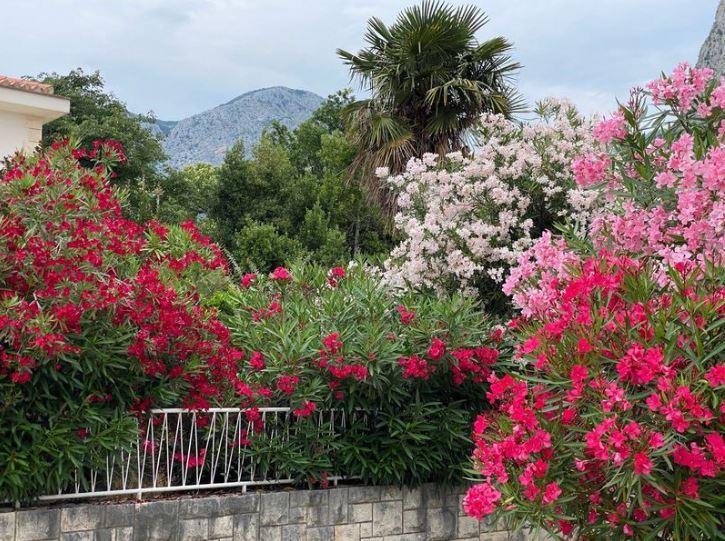
Sea Holly (Eryngium maritimum) Beach Rose (Rosa rugosa) Oleander (Nerium oleander)
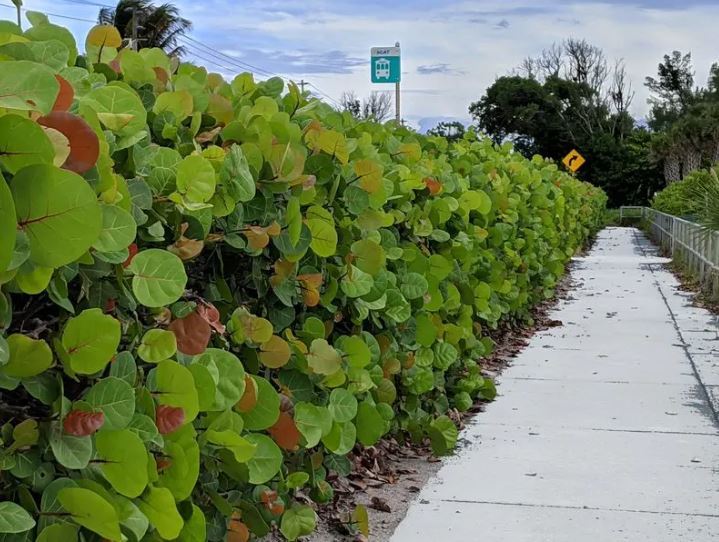
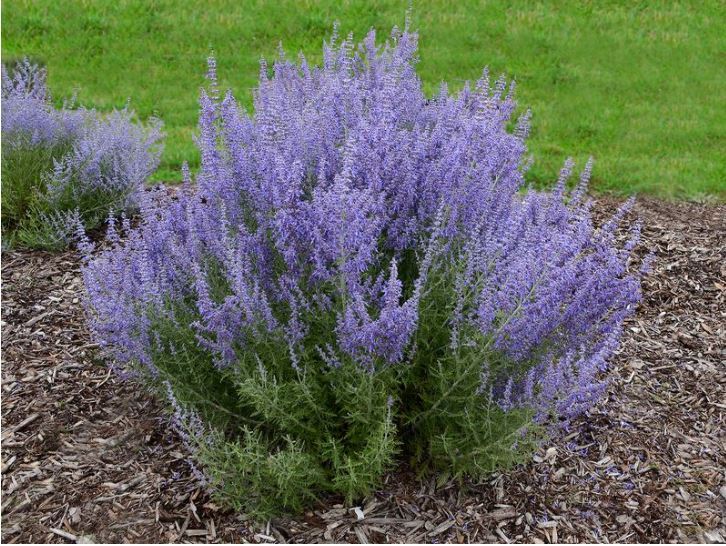
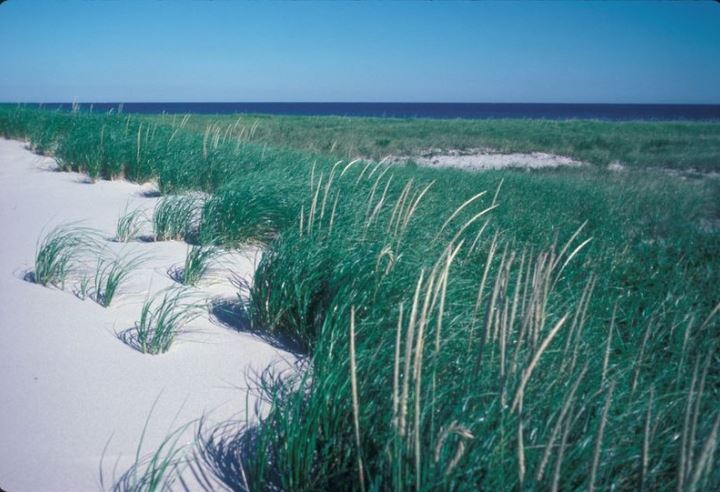
Sea Grape (Coccoloba uvifera) Russian Sage Beach Grass (Ammophila breviligulata)
(Perovskia atriplicifolia)
Selecting Salt-Tolerant, Low-Water, and Wind-Resistant Species
Plants in coastal zones must be able to thrive in harsh microclimates. These include salt-laden air, sandy or rocky soils, intermittent rainfall, and constant exposure to wind. Successful plant palettes rely on species that are naturally suited to these conditions:
-
Salt-tolerant species like Tamarix, Sesuvium portulacastrum (sea purslane), and Atriplex provide groundcover and erosion control.
-
Drought-adaptive plants such as Agave, Aloe, Euphorbia, and coastal succulents reduce irrigation needs.
-
Wind-resistant species with flexible stems and low profiles—like Helichrysum italicum, Juniperus, and native grasses—serve as structural elements in wind-exposed sites.
The Royal Horticultural Society (RHS, 2021) highlights that native plantings typically require 50–75% less water than non-native ornamentals, a vital saving in coastal areas where water scarcity may be seasonal or worsening due to climate change.
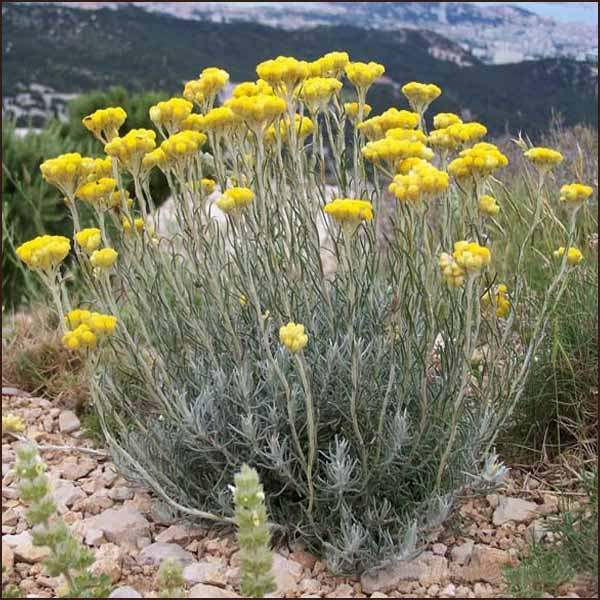
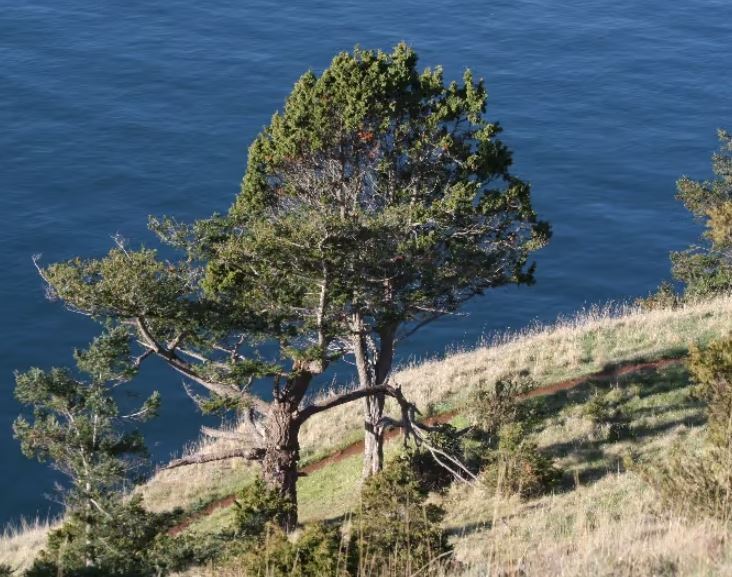
Helichrysum italicum Seaside Juniper (Juniperus maritima)
Rewilding and Low-Maintenance Ground Covers
Replacing manicured lawns and formal bedding with rewilded landscapes allows for greater ecological function and less frequent maintenance:
-
Rewilding involves letting native species recolonize areas with minimal intervention. It creates habitat, encourages pollinators, and enhances resilience.
-
Low-maintenance ground covers such as Carpobrotus edulis, creeping thyme, or Lippia nodiflora stabilize soil, suppress weeds, and eliminate mowing.
-
These systems also encourage soil biodiversity and carbon sequestration.
Rewilding can be especially valuable on resort peripheries, buffer zones, and dune areas—supporting both ecology and immersive guest experiences. According to a 2022 report by the Global Rewilding Alliance, coastal rewilding efforts can improve soil retention by 35% and increase native species diversity by up to 60%.
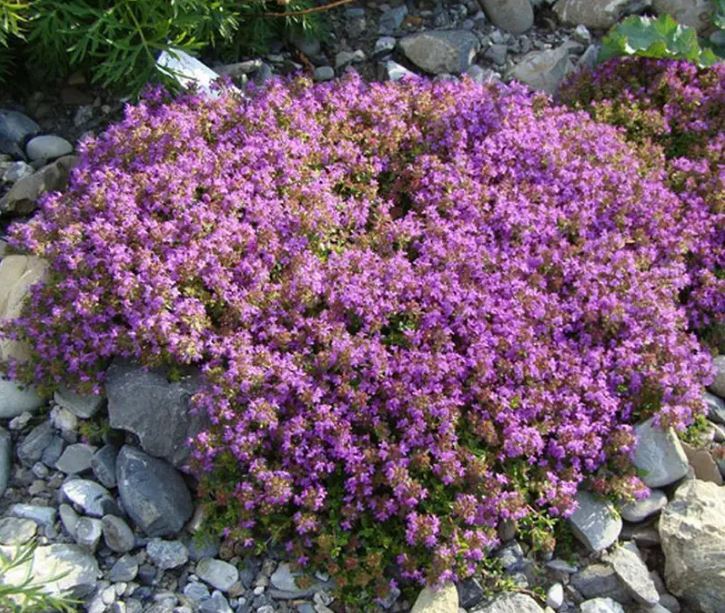
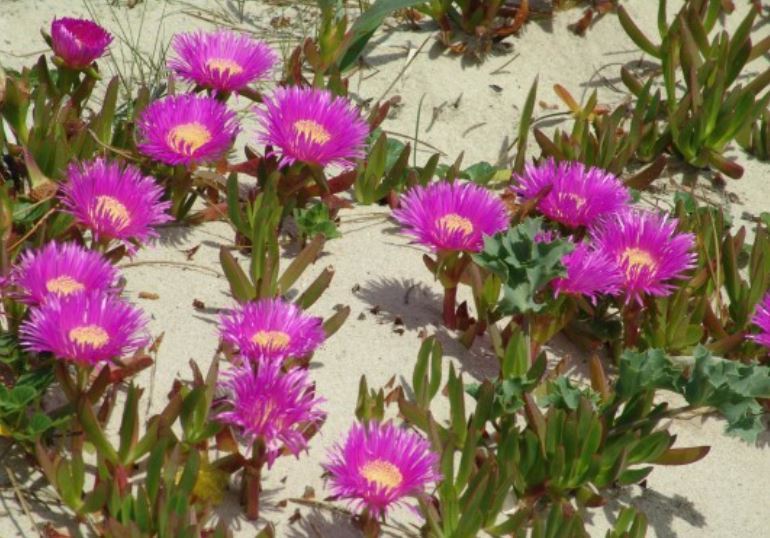
Creeping Thyme (Thymus serpyllum) Carpobrotus edulis
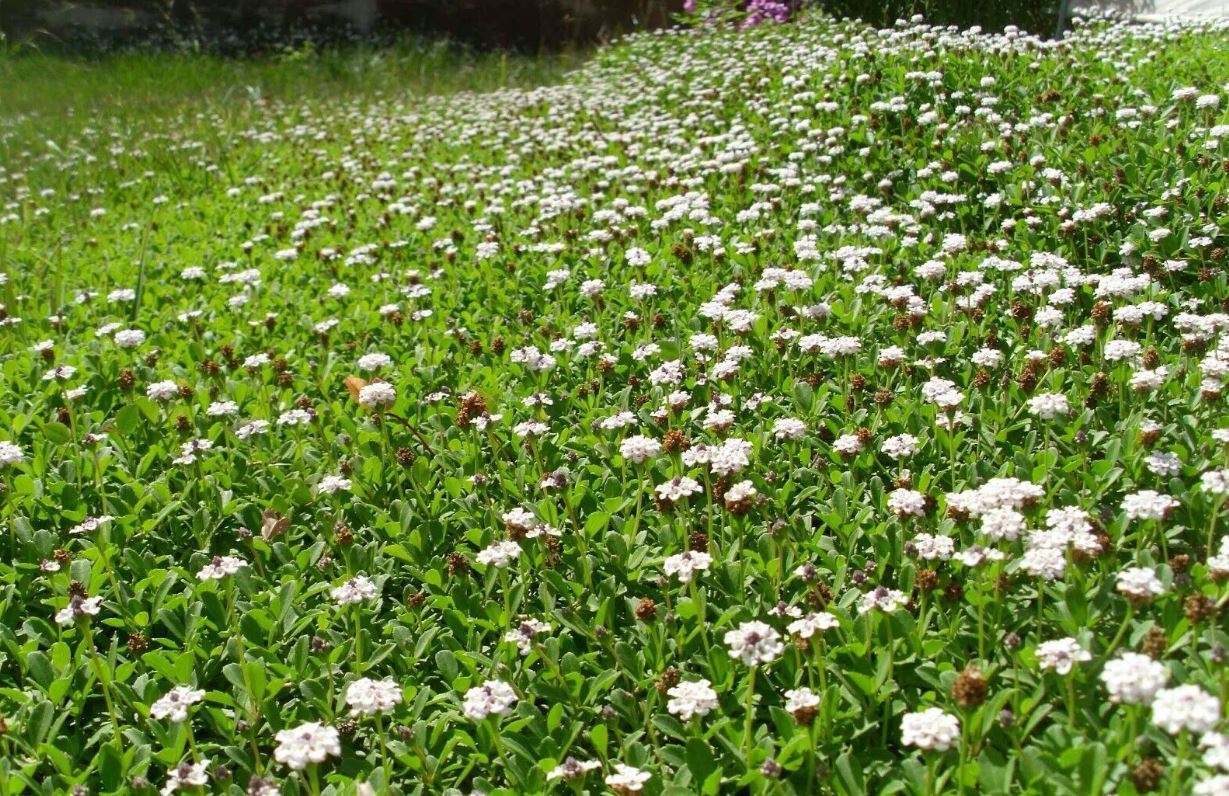
Lippia nodiflora
Avoiding Invasive Ornamentals and Monocultures
Many traditional landscape designs overuse imported ornamental plants that offer little ecological value or may become invasive:
-
Species like Lantana camara, Schinus terebinthifolius (Brazilian pepper), or Pennisetum setaceum (fountain grass) can crowd out natives, alter fire regimes, or degrade soil chemistry.
-
Monocultures—large areas of single-species planting—are particularly vulnerable to disease, pests, and climate shifts.
Best practices include:
-
Prioritizing regional natives or ecotypes
-
Using diverse planting mixes to increase visual interest and ecological stability
-
Working with local ecologists or horticulturists to audit existing plantings and prevent spread of invasives
Expert Insight: Claudia West, Planting Designer and Author of "Planting in a Post-Wild World"
“Every plant we choose either builds or breaks resilience. Design with the mindset of an ecosystem engineer, not a decorator.”
Case Study: Azulik Tulum, Mexico
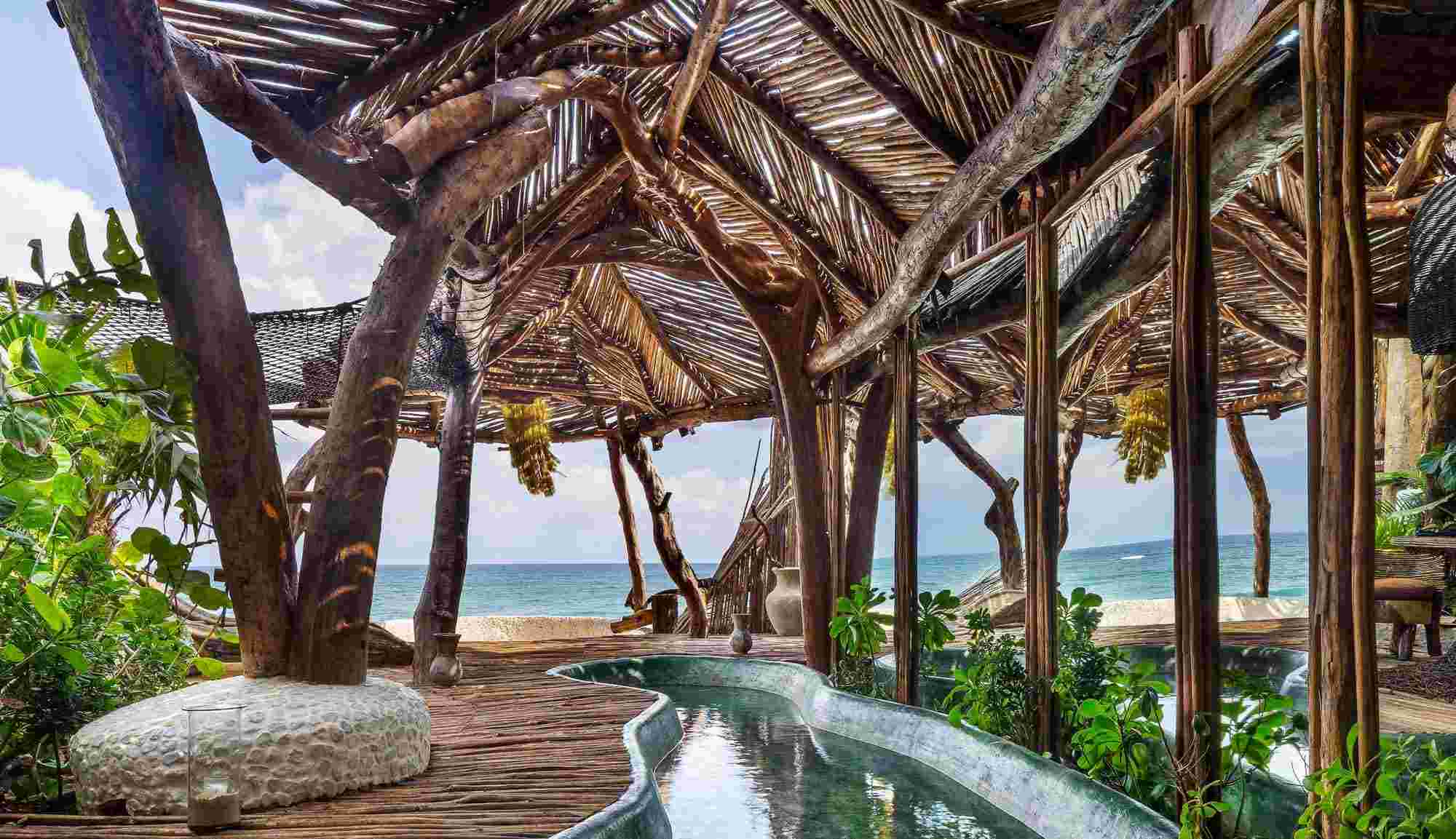
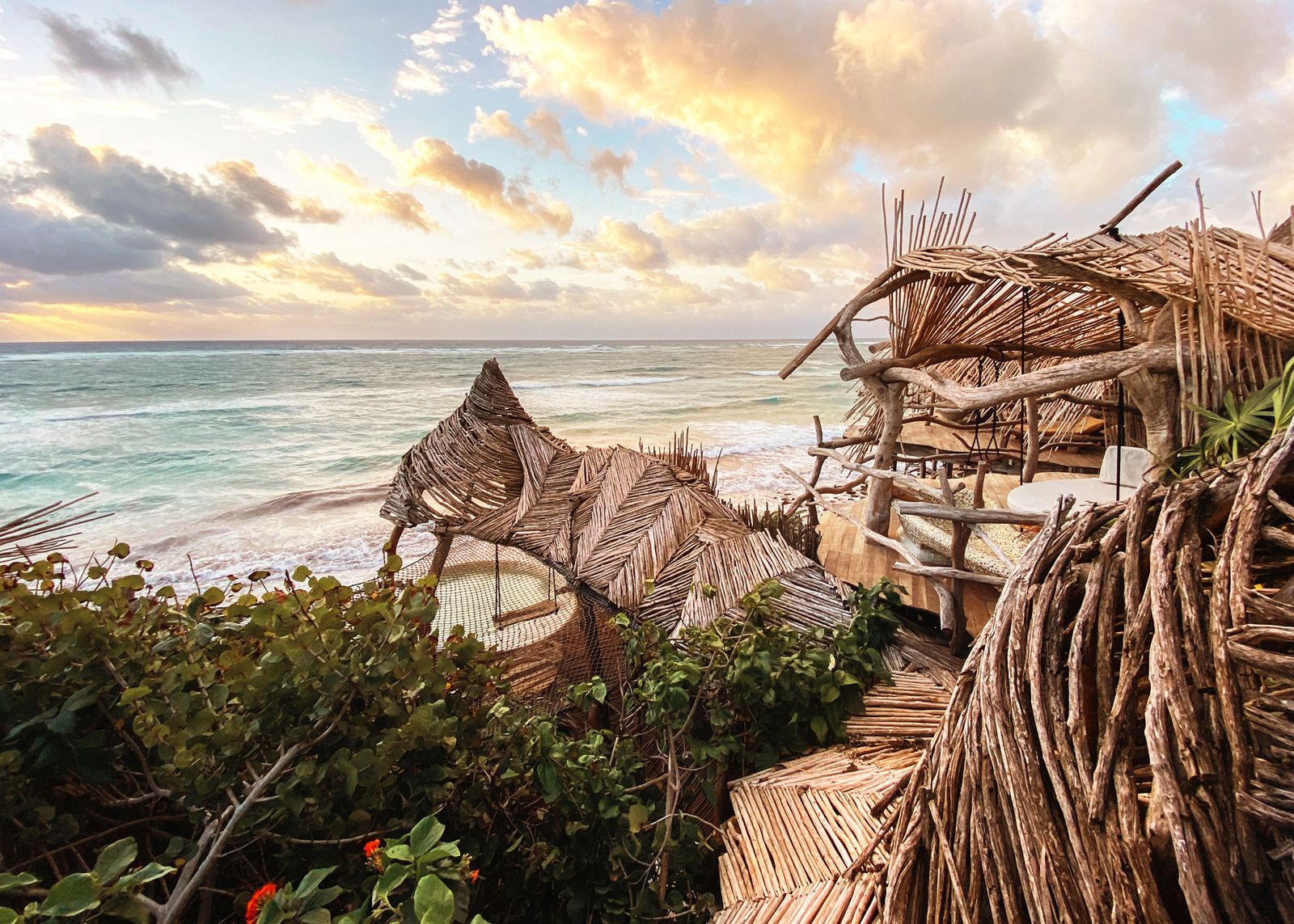
(Source: azulik.com)
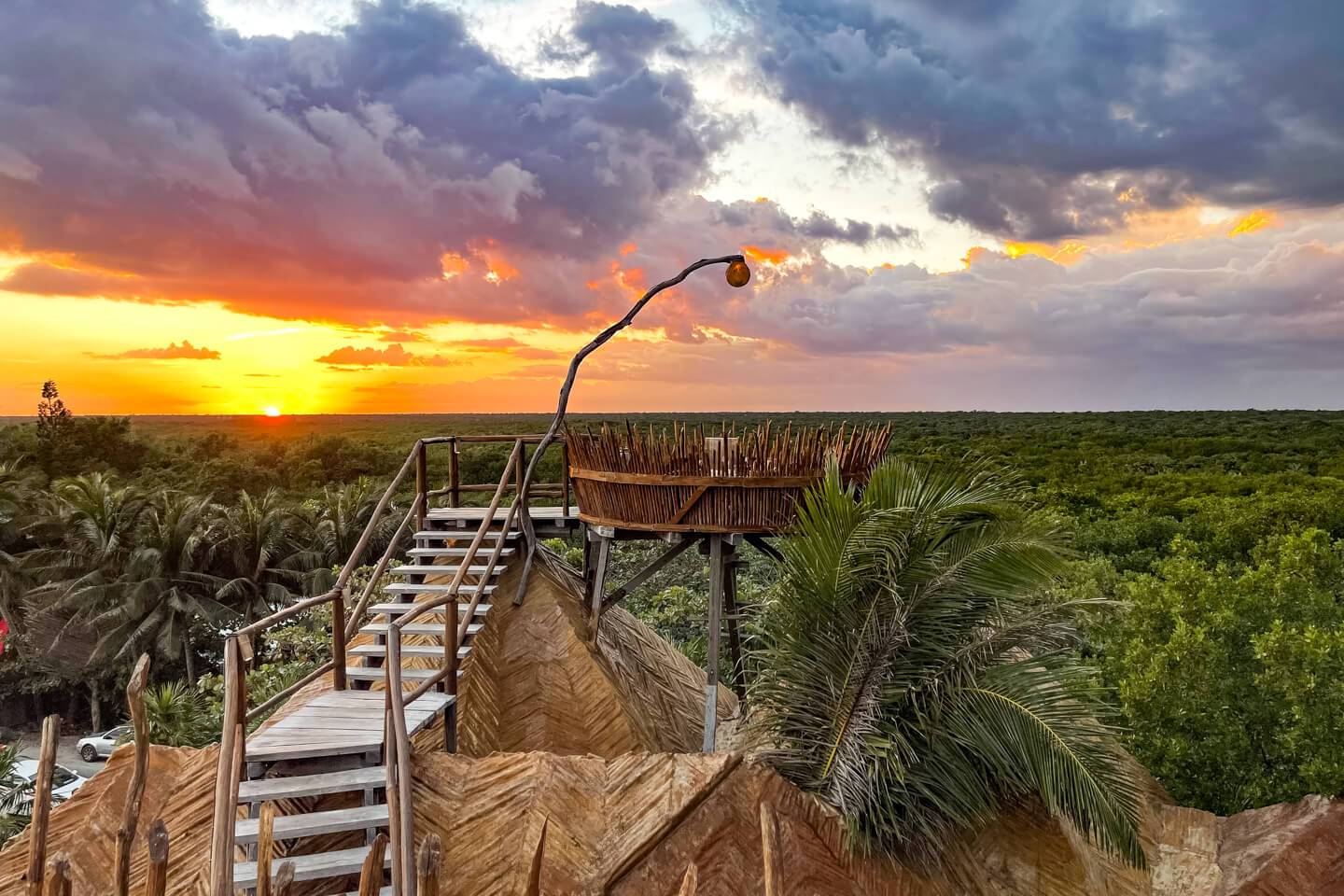
(Source: voyagefox.net)
Azulik, a boutique eco-resort in Tulum, is renowned for its integration of architecture and landscape
Location: Tulum, Quintana Roo, Mexico
Eco-Features:
-
Biophilic Architecture: Structures are built using locally sourced materials like bejuco wood and thatched roofs, minimizing environmental impact and promoting harmony with the jungle surroundings.
-
Jungle Preservation: The resort was constructed around existing trees and uses elevated walkways to protect root systems and soil structure and allow wildlife to move freely beneath.
- Rainwater Harvesting: Azulik implements rainwater collection systems to reduce reliance on local water sources and promote sustainable water use.
- Minimal Technological Intrusion: Rooms are intentionally designed without air conditioning, televisions, or electric lighting to reduce energy consumption and encourage guests to connect with nature.
-
Xeriscaping with Native Plants: Planting focuses on native Yucatán Peninsula species like Ceiba pentandra, Croton, and agaves that require little to no irrigation.
-
Natural Mulching: Fallen leaves and palm fronds are left in place to feed soil and reduce evaporation.
-
Integration with Nature: Outdoor showers, open-air rooms, and vegetated roofs enhance passive cooling and visitor immersion in local flora.
-
Community Engagement: The resort actively collaborates with local artisans and communities, integrating traditional crafts into its design and providing economic opportunities for residents
Nightly rate: From $1,200 USD per night, , varying based on villa type and season.
Website: https://www.azulik.com
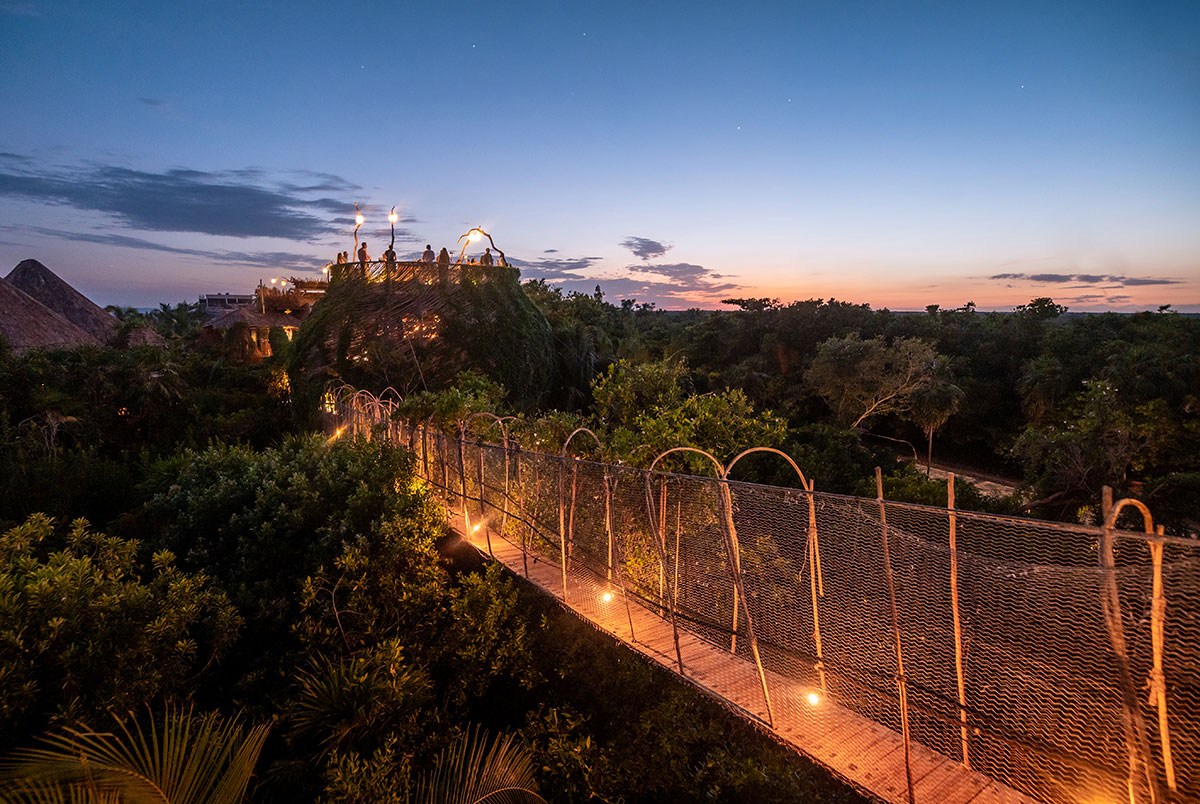

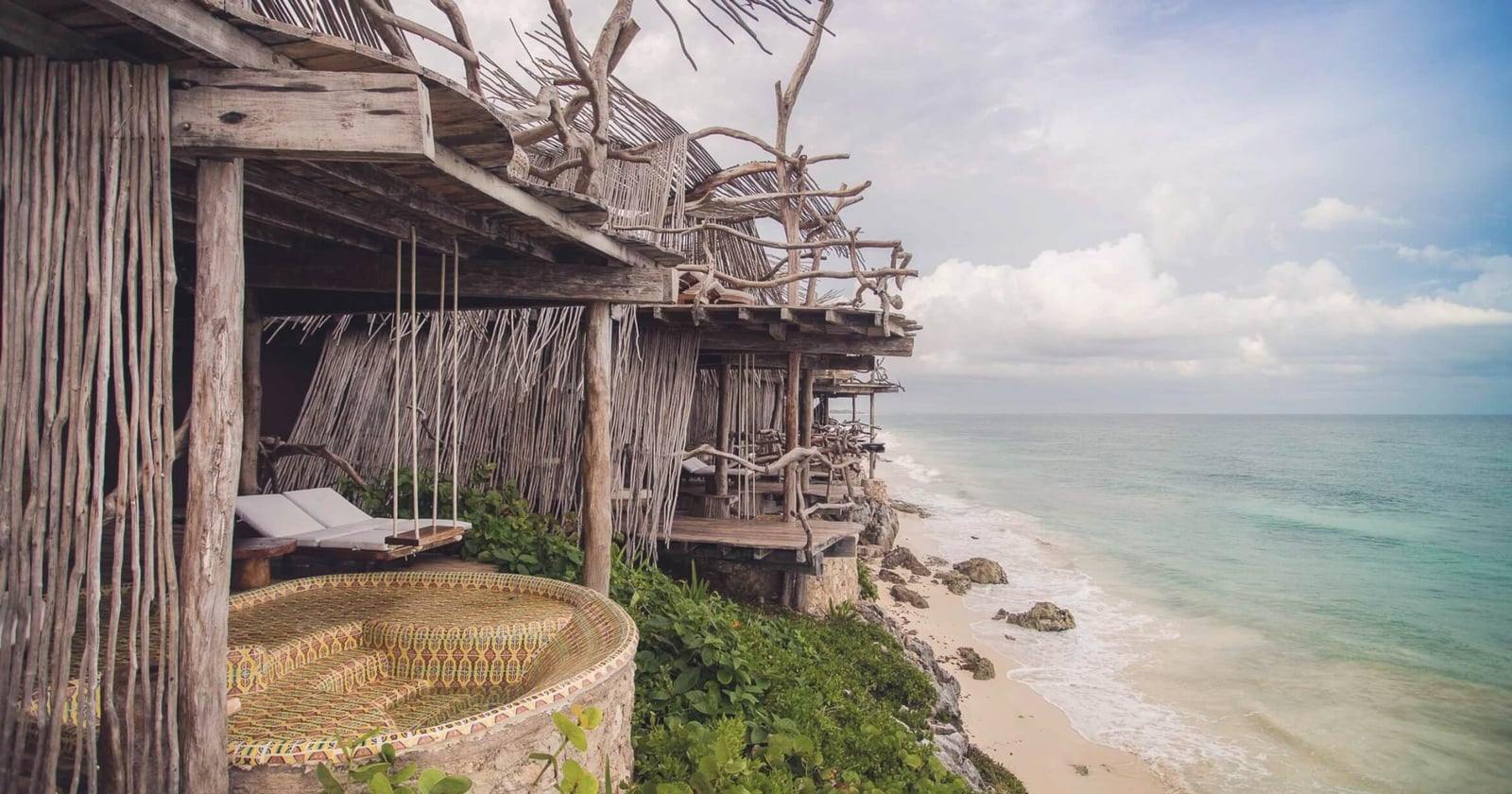
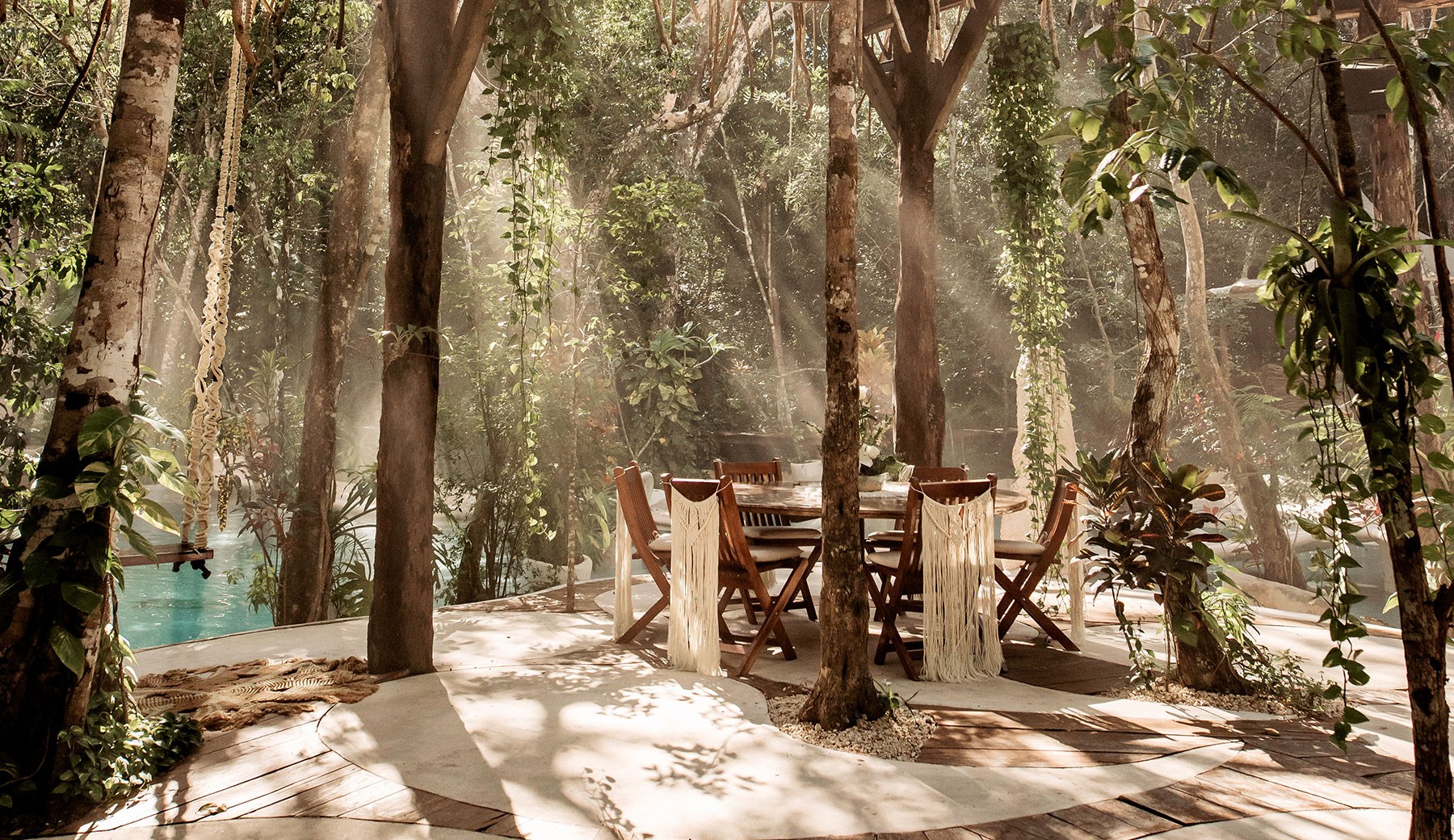
(Source: azulik.com)
Azulik proves that ecological sensitivity can be a design language, not just a constraint. Its landscape choices create a low-maintenance, immersive, and restorative environment that reflects local identity.
Expert Insight: Eduardo Neira (Roth), Founder and Architect of Azulik
“Azulik is not just a resort; it's a living example of how architecture can coexist with nature, offering guests an immersive experience that fosters a profound appreciation for the environment.”
Why Matters
Native and adaptive planting isn’t just about saving water—it’s about fostering place-based design that regenerates the landscape. These strategies reduce operational costs, improve resilience to climate extremes, and contribute to a resort’s identity and guest experience. With biodiversity loss and climate pressures mounting, plant selection becomes a central act of climate adaptation and ecological storytelling.


















